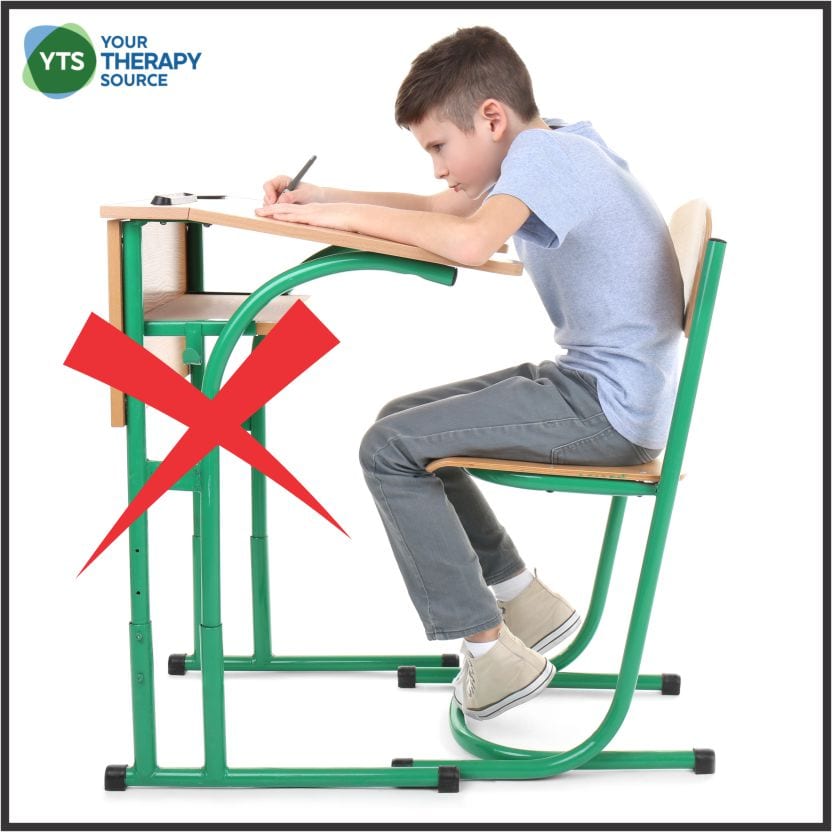Positioning for Play
During physical play time, children tend to move through various positions and during sedentary play time children tend to maintain the same position for a longer period of time. For example, when playing hide and go seek children move in all different ways such as sitting, crawling, squatting, walking or running. In contrast, when completing […]










